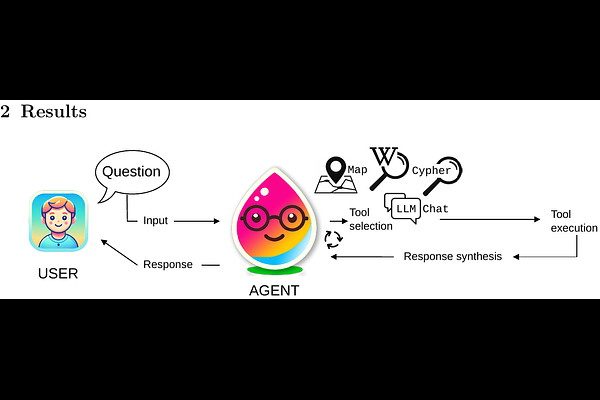AI-Driven Science Communication: Leveraging LLMs and Knowledge Graphs for Seamless Knowledge Exchange

AI-Driven Science Communication: Leveraging LLMs and Knowledge Graphs for Seamless Knowledge Exchange
Schor, J.; Scheibe, P.
AbstractPurpose: Scientific knowledge is increasingly captured in structured formats, such as knowledge graphs, yet it remains largely inaccessible to non-technical users. We present EcoToxFred, a prototype conversational AI agent that enables intuitive, natural language access to curated environmental toxicology data. Designed to support users without programming expertise, EcoToxFred facilitates the exploration of complex datasets, such as chemical exposures and species-specific hazard information in European surface waters. Methods: EcoToxFred integrates a large language model (LLM) with a Neo4j graph database via a retrieval-augmented generation (RAG) architecture. The system employs a decision-making agent to interpret user queries, invoke appropriate tools, and translate natural language input into formal graph queries. Outputs are validated and returned in multiple formats, like text, tables, and interactive maps, and are grounded in structured, curated monitoring and hazard data. Results: The agent bridges the gap between human intent and formal data retrieval, enabling researchers, policy advisors, and stakeholders to pose complex, multi-step queries without prior training in query languages. By grounding LLM outputs in structured data, we demonstrate the system\'s ability to respond to diverse question types and deliver transparent, accurate, and context-aware results. EcoToxFred successfully answers broad and highly specific queries, bridging natural language input with formal data retrieval. Conclusion: EcoToxFred represents a scalable and transferable framework for human-AI interaction in domain-specific contexts, combining natural language interfaces with structured data. By lowering access barriers to scientific knowledge, the system supports evidence-based decision-making and fosters responsible, human-centered AI use in environmental science and beyond.